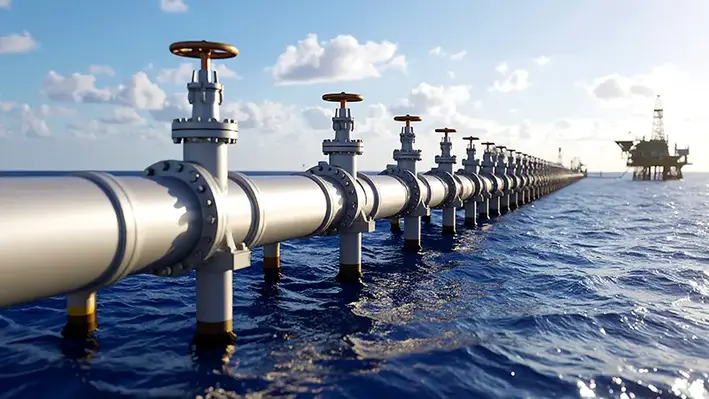
 Ready to be extracted via a single subsea well, Shell's Victory gas field in the UK North Sea will help maintain domestically produced gas for Britain’s homes, businesses and power generation.
Ready to be extracted via a single subsea well, Shell's Victory gas field in the UK North Sea will help maintain domestically produced gas for Britain’s homes, businesses and power generation.
Approximately 47 km north-west of the Shetland Islands, the Victory field has started production for Shell UK Limited to reach the Shetland Gas Plant via an existing pipeline network connencted to the subsea well. Utilising the existing infrastructure will reduce operational emissions. The gas will be piped to further travel the Scottish mainland at St Fergus near Peterhead, where it will be fed into the national gas network.
Peak production is estimated at around 150 million standard cubic feet per day of gas (approximately 25,000 barrels of oil equivalent per day) at full capacity, which is equivalent to heat nearly 900,000 homes per year. Most of the field’s recoverable gas is expected to be extracted by the end of the decade.
As older gas fields reach the end of production, Victory can help bridge the gap while also reducing the UK's reliance on imports.
"Gas fields like Victory play a crucial role in the UK’s energy security, and the country will rely on them for decades to come. They provide an essential fuel we need now, and act as a partner to intermittent renewables as we move through the energy transition,” Shell UK Upstream Senior Vice President, Simon Roddy said. “By developing fields like Victory next to existing infrastructure, we are making sure our production in the UK North Sea remains cost competitive and reduces operational emissions.”
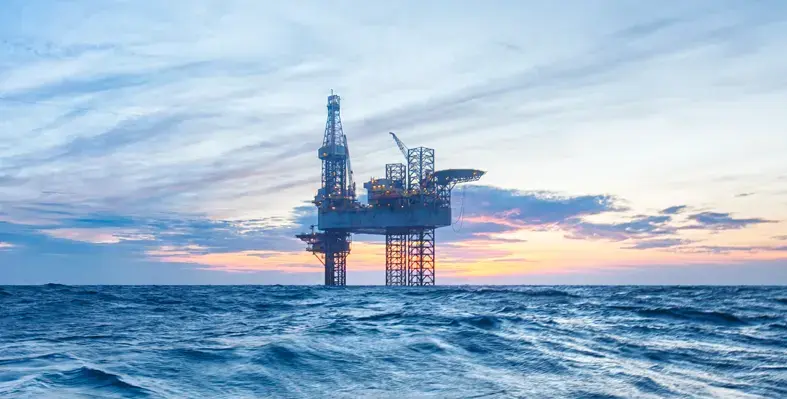

Serica Energy plc has announced the signing of an agreement to acquire BP’s entire stake in the P111 and P2544 licences in the UK Central North Sea, pending the waiver of applicable pre-emption rights.
The Proposed Acquisition includes a 32% non-operated interest in the P111 licence, home to the Culzean gas condensate field, and the adjacent P2544 exploration licence.
Culzean, operated by TotalEnergies, is currently the largest single producing gas field in the UK North Sea.
Under the joint operating agreement, the Proposed Acquisition is subject to a 30-day pre-emption period, during which partners TotalEnergies (49.99%) and NEO NEXT (18.01%) may acquire BP’s stake on the same terms. Updates will follow as appropriate.
Chris Cox, Serica's CEO, stated, “Should this transaction complete, it would deliver a step-change for Serica, adding material production and cash flows from the largest producing gas field in the UK. Culzean is a world-class asset, delivering gas from a modern platform with exceptionally high uptime and low emissions.”
The Proposed Acquisition carries an economic date of 1 September 2025, with an upfront cash consideration of US$232mn, subject to customary working capital adjustments and partially offset by interim post-tax cashflows expected by completion at the end of 2025.
Two additional contingent cash payments are included: one linked to successful results from P2544 exploration, and another tied to changes in the UK ring-fence fiscal regime. Funding will come from interim Culzean cashflows and existing financial resources, including the $525 million Reserve Based Lending facility, with the potential for a new acquisition facility to support the Company’s larger asset base.
Culzean is a mid-life gas condensate field discovered in 2008 and onstream since 2019, producing c.25,500 boepd net to BP in H1 2025 at 98% efficiency.
Remaining net 2P reserves are estimated at c.33 mmboe. Production costs are US$10.7/boe, with one of the lowest carbon footprints in the UK North Sea, well below the sector average of 20 kg CO2/boe. Future infill drilling and licensed exploration offer upside potential.
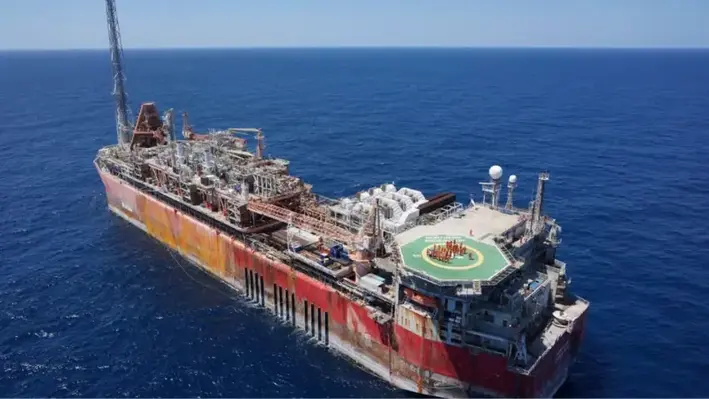
 Aceteon’s Moorings and Anchor’s business line, Intermoor, has secured a contract from Petrofac to cover the engineering, mooring equipment, marine spread, installation and removal of a temporary mooring system for the FPSO Northern Endeavour.
Aceteon’s Moorings and Anchor’s business line, Intermoor, has secured a contract from Petrofac to cover the engineering, mooring equipment, marine spread, installation and removal of a temporary mooring system for the FPSO Northern Endeavour.
The Northern Endeavour permanently shut down in 2019 in the Timor Sea, approximately 550km northwest of Darwin, Australia. Petrofac is managing the decommissioning and disconnection of the vessel.
Under the contract, Aceteon will be responsible for the project management and engineering (PME), design, provision, installation, and recovery of the temporary mooring system, including full mobilisation and demobilisation.
Chee-Hoe Tay, General Manager at Intermoor APAC, said, “We’re proud to leverage our global expertise to support Petrofac on this high-profile decommissioning campaign involving the Australian Government. Our team is fully committed to delivering a safe, seamless execution, and to exceeding expectations through close collaboration, innovation and operational excellence.”
The Northern Endeavour will be positioned offshore Singapore during its decommissioning phase.
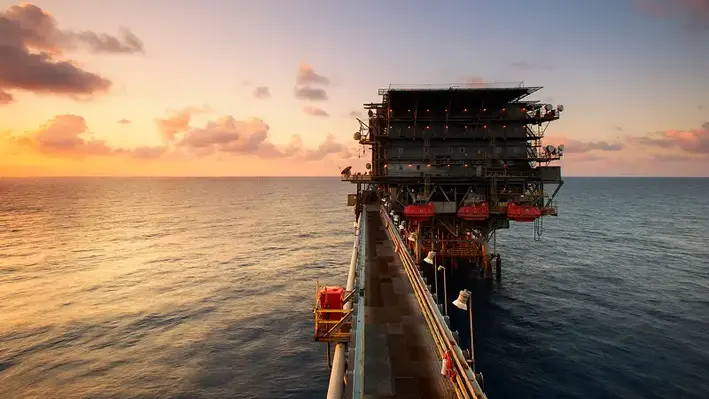

Greece is in the final stages of negotiating a major offshore energy exploration contract with US oil major Chevron and local partner Helleniq Energy, aiming to conclude the deal by the end of 2025. The agreement would mark a milestone in Greece’s efforts to boost domestic energy production and strengthen its position as a regional gas transit hub.
Chevron and Helleniq Energy have jointly bid to explore four deep-sea blocks off the Peloponnese peninsula and the island of Crete. “We are working intensively with the US company and Helleniq Energy to meet the timetables and conclude the contract within 2025,” said Energy Minister Stavros Papastavrou on Action24 television.
The initiative aligns with the European Union’s strategy to reduce dependence on Russian gas and enhance energy security following the invasion of Ukraine. Greece, which currently imports most of its gas for power generation and domestic use, hopes the exploration will unlock new reserves and attract long-term investment in its energy sector.
Once signed, the contract will require approval from Greece’s court of auditors and parliament before Chevron begins seismic surveys in 2026. The exploration phase is expected to last up to five years, with any potential test drilling anticipated between 2030 and 2032.
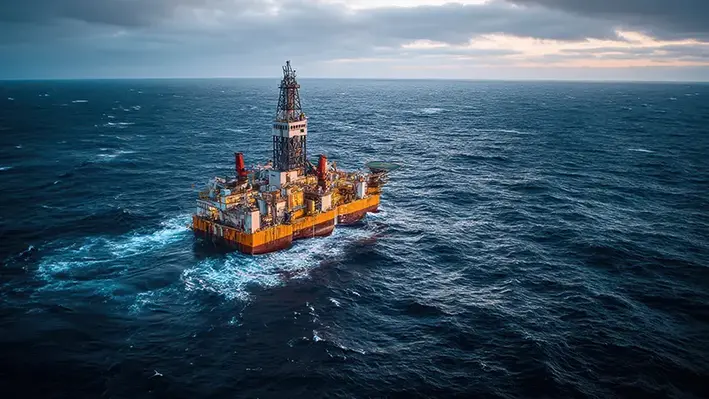
 Ventura Offshore’s Catarina team recently participated in the Well Operations HSE Forum, organised by Eni Indonesia, reaffirming the company’s long-term commitment to safety and operational excellence in the sector.
Ventura Offshore’s Catarina team recently participated in the Well Operations HSE Forum, organised by Eni Indonesia, reaffirming the company’s long-term commitment to safety and operational excellence in the sector.
SSV Catarina is a Ventura-owned semi-submersible rig, currently performing various assignments in the area — all of the company’s other vessels are working offshore Brazil.
The Well Operations HSE Forum was attended by Ventura’s CEO, Guilherme Coelho, and its COO, Luis Mariano, reflecting the significance of its current activities in the Asia Pacific region.
At the start of October, Ventura Offshore announced in a statement to the Oslo stock market that Eni Indonesia had exercised the second of four optional wells in Indonesia for the Catarina, following a first extension back in June.
The announcement is expected to keep the rig utilised into Q1 2026 and further increases the firm backlog of the company by approximately US$10mn, Ventura Offshore noted in the statement.
“Further exercise by Eni of the remaining two optional wells in Indonesia could keep the rig utilised through Q2 2026,” it added.
In its Q2 2025 results, Ventura Offshore also announced additional operating expenditure for ancillary services for the Catarina contract, to be fully reimbursed by its customer, plus a market-based margin.
Eni has been operating in Indonesia since 2001 and has a portfolio of assets spanning exploration, development and production.
It has a current equity production of around 95,000 barrels of oil equivalent per day in East Kalimantan.
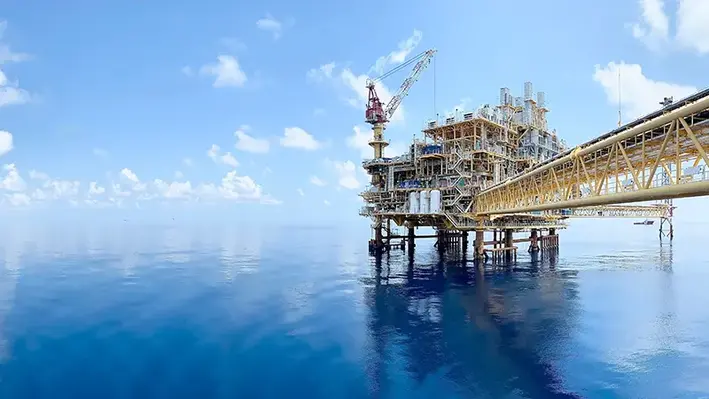
 QatarEnergy, the state-owned energy giant of Qatar, has taken a significant step to expand its oil and gas exploration portfolio by securing a stake in an offshore block in Egypt.
QatarEnergy, the state-owned energy giant of Qatar, has taken a significant step to expand its oil and gas exploration portfolio by securing a stake in an offshore block in Egypt.
The company has entered into a deal with Shell, subject to approval by the Egyptian government, granting QatarEnergy a 27% participating interest in the North Cleopatra exploration block. Shell will continue to operate the block with a 36% share, while Chevron holds 27% and Tharwa Petroleum Company has 10%.
The North Cleopatra block is situated in Egypt’s frontier Herodotus basin, covering more than 3,400 square kilometres and reaching water depths of up to 2,600 meters. Positioned north of the North El-Dabaa block, where QatarEnergy already holds a 23% stake, this new venture further strengthens the company's exploration activities in the region.
Saad Sherida Al-Kaabi, Qatar’s Minister of State for Energy Affairs and President of QatarEnergy, expressed his satisfaction with the deal, noting that the acquisition expands QatarEnergy’s presence in Egypt’s upstream sector. He also thanked the Egyptian Ministry of Petroleum and the company's partners for their ongoing support and cooperation.
This move comes soon after QatarEnergy, in partnership with TotalEnergies and SNPC, won an offshore exploration permit in Congo, further boosting its international growth ambitions.
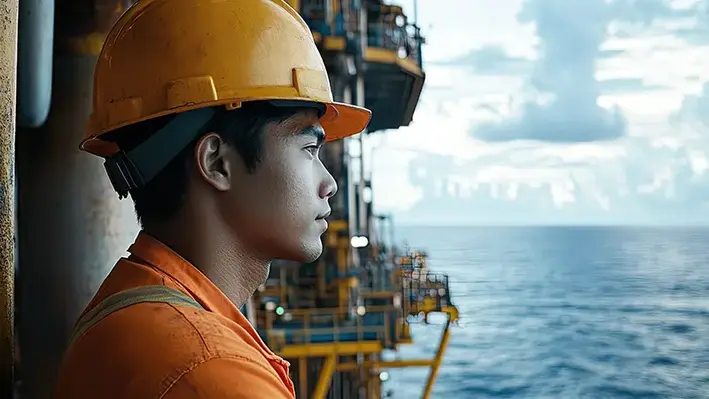
 Hibiscus Petroleum has outlined how its commitment to excellence in well management and services and other offshore operations have been recognised by Malaysian authorities.
Hibiscus Petroleum has outlined how its commitment to excellence in well management and services and other offshore operations have been recognised by Malaysian authorities.
In an October investor presentation, the company outlines various awards by state operator Petronas in 2025, in areas such as production enhancement and idle well reactivation at South Furious in North Sabah.
It is also recognised for its well management in lost time and injury, optimising and sustaining output, as well as proactively converting high pressure gas to a low pressure system for production optimisation.
The company also works with leading offshore contractors and service providers, including EEST, which completed a contract in 2023 for well intervention services on its Malaysian assets.
This project entailed the provision of well workover, re-completion and well plug and abandonment services using the EEST-502 hybrid hydraulic workover unit.
In the presentation, Hibiscus said that “invaluable goodwill with regulators” had created access to further opportunities.
As well as maximising potential from existing assets offshore Malaysia — and in other territories across Asia, including Brunei and Vietnam — Hibiscus is also stepping up its commitment towards net zero 2050 and various transition initiatives.
This includes leveraging on core competencies to operate and maintain decentralised power generation with strategic collaborations in this niche set to be announced in due course. the company noted.
The group already generates 126 megawatts (MW) of power offshore across its assets and the intention is to transfer this know-how to address electricity generation, specifically to support data centres or the semi-conductor industry in Malaysia, it added.
The company also intends to invest in solar projects for internal use to reduce operating expenditure on oil and gas assets, with a potential new 12 MW solar farm in Brunei for a low-pressure compressor project.

 Aiming the delivery of incremental production volumes in 2026 and beyond, Pharos Energy will be commencing a six-well campaign in Vietnam.
Aiming the delivery of incremental production volumes in 2026 and beyond, Pharos Energy will be commencing a six-well campaign in Vietnam.
As well interventions and optimisation opportunities maintained production stability on both TGT and CNV wells, the company is now set to further drill infill wells and appraisal wells from these prospects.
Pharos has secured rig contracts for the drilling of three infill wells and the 18X appraisal well, targeting TGT’s western area. It is also planning the drilling of one infill well and the 5X-LI appraisal well to tap into the norther part of the CNV field.
Speaking of the company’s progress in Vietnam, Katherine Roe, Chief Executive Officer, said, "In Vietnam, we will begin an important and material six-well drilling campaign in the fourth quarter, with results expected in the first half of 2026. Preparations for drilling the TGT appraisal well 18X to unlock future upside are progressing well and, together with the planned CNV 5X-L1 appraisal and infill drilling campaign, are expected to de-risk additional development opportunities and drive production growth from 2026 onwards. On our exploration blocks 125 & 126, we have engaged with an independent third party adviser to conduct a formal process to identify farm-in partners. This process, together with the ordering of long lead items, provides optionality to pursue the long-term potential of these important exploration assets. The recent approval of a two-year PSC extension in June further supports this optionality."

 Hunting PLC has introduced Opti-TEK, a new suite of Optimised Intervention Technologies aimed at helping operators extend well life, minimise downtime, enhance decision-making, and lower both operational costs and environmental impact.
Hunting PLC has introduced Opti-TEK, a new suite of Optimised Intervention Technologies aimed at helping operators extend well life, minimise downtime, enhance decision-making, and lower both operational costs and environmental impact.
Developed through Hunting’s TEK-HUB innovation platform, Opti-TEK combines the company’s internal expertise with strategic technology partnerships to accelerate the delivery of next-generation tools to the market.
The initial range of products includes:
Allan Gill, Product Line Director for Well Intervention, commented: “Opti-TEK represents Hunting’s commitment to delivering smarter, safer and more cost-effective interventions. By aligning cutting-edge innovation with real-world operational demands, we are enabling our customers to optimise every intervention and maximise the value of their asset.”
The launch of Opti-TEK underscores Hunting’s ongoing drive to innovate within the well intervention sector, equipping operators with advanced tools designed for greater precision, safety, and sustainability in increasingly complex field environments.
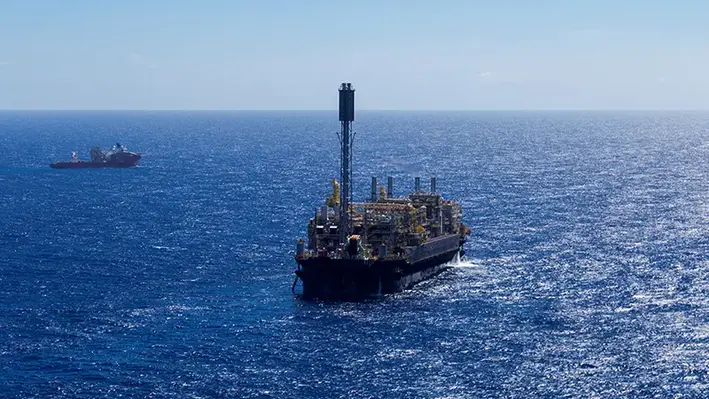
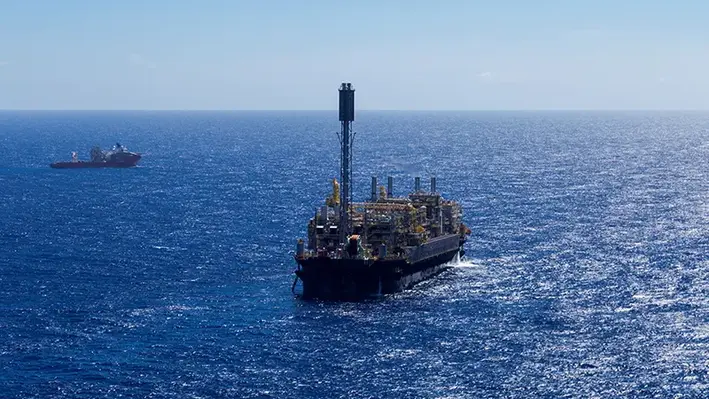 As part of consolidating its largest producing field, Petrobras has began contracting for the construction of the FPSO Buzios 12 for installation in the Santos Basin, in the state of Rio de Janeiro.
As part of consolidating its largest producing field, Petrobras has began contracting for the construction of the FPSO Buzios 12 for installation in the Santos Basin, in the state of Rio de Janeiro.
P-91, which will be the 12th platform assigned to the Buzios field, will be connected to 16 wells, including eight producers and eight alternating water and gas injectors, with a capacity to produce 180,000 barrels of oil per day and 12 million cubic meters of natural gas per day.
The development of Buzios 12 aims to expand the field's production and add economic value, in partnership with CNPC (China National Petroleum Corporation, 3.67%) and CNOOC (China National Offshore Oil Corp, 7.34%), with Petrobras as operator (88.99%).
Alongside systems to process and separate its own production, the new P-91 unit will also be capable of exporting gas produced on other platforms in the field that were not originally designed for gas export. The generated gas will be directed to the Boaventura Energy Complex in Itaborai via the Rota 3 gas pipeline until reaching the coast.
"Starting the contracting process for Búzios 12 on Petrobras' anniversary is symbolic: it demonstrates the strength of our innovative capacity and the work of generations of professionals committed to the country. This new unit expands the supply of natural gas to the Brazilian market, ensuring safe, competitive energy that's essential for a fair energy transition. The P-91 is designed with solutions to increase gas supply to the market, reduce emissions, and increase energy efficiency, reflecting Petrobras' raison d'être: generating wealth for Brazilian society responsibly and sustainably," said the company's president, Magda Chambriard.
Initiated by Petrobras, the Buzios 12 contracting process is driven by the BOT (Build-Operate-Transfer) model, in which the contractor is responsible for the design, construction, assembly, and operation of the asset for an initial period defined in the contract. Operation will subsequently be transferred to Petrobras.
Interested companies will have 180 days from the publication of the Request for Proposals (SEP) to submit their proposals. The SEP establishes a minimum local content percentage of 25%.

 As the recent well test on the State 36-2 LNW-CC-R well from Zephyr Energy's Paradox project reflected considerable well productivity, the company announced an updated Competent Person's Report (CPR) that was compiled by independent energy consulting and advisory firm, Sproule-ERCE International Limited
As the recent well test on the State 36-2 LNW-CC-R well from Zephyr Energy's Paradox project reflected considerable well productivity, the company announced an updated Competent Person's Report (CPR) that was compiled by independent energy consulting and advisory firm, Sproule-ERCE International Limited
This acknowledgement has allowed Zephyr Energy to transition the Paradox project from appraisal to development, as the well test revealed high reservoir pressure, reservoir quality and liquid yields, leading to a significant boost in recoverable reserves across all reserve categories.
Based on the performance of the Cane Creek reservoir on 20,000 acres held within Zephyr's White Sands Unit, the CPR confirmed a 93-fold increase in Proved Recoverable Reserves (1P Reserves), demonstrating the site's scale and immediate production potential. It will be able to deliver 14.8 million net barrels of oil equivalent proved recoverable reserves, an increase from 0.16 million net boe in the 2022 CPR.
Speaking of the Paradox project, Colin Harrington, Chief Executive of Zephyr, said, "To date, we have drilled two successful, one-mile horizontal wells utilising different completion technologies and both demonstrated strong deliverability and expanded our completion design options for the greater field development. We have also gathered a substantial amount of data that will help inform future development plans. Furthermore, we have acquired significant infrastructure that will enable us to bring the project into full production, including gas gathering lines, plant infrastructure, permits and future water disposal wells, and we are close to securing gas export capacity. All this has been achieved at low development costs, especially when compared with many other new field startups of a similar size, and this infrastructure should enable accelerated project development once a suitable partner is secured. It should be noted that while acceleration of drilling activity and increased gas processing capacity won't change undiscounted free cash flow totals, they would enhance the current NPV-10 value of the project by bringing forward future cashflows."
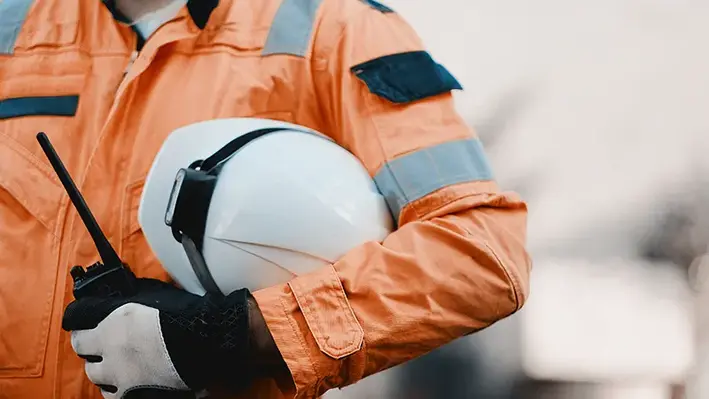
 Funk Futures, a leading growth consultancy for energy companies, has announced a strategic partnership with KCI, a specialist in well integrity, intervention, and leak sealing for both brownfield and greenfield assets, to expand their presence in the North American energy market.
Funk Futures, a leading growth consultancy for energy companies, has announced a strategic partnership with KCI, a specialist in well integrity, intervention, and leak sealing for both brownfield and greenfield assets, to expand their presence in the North American energy market.
Since its founding in 2002, KCI has built a strong reputation by tackling some of the industry’s toughest engineering challenges across subsea, topside, pipeline, downhole, and process environments. From chemical leak sealing to isolation gels, KCI’s solutions are trusted to minimize downtime, cut costs, and extend the operating life of production assets. Their expertise lies in a holistic approach: rigorous asset assessment, customized procedures, and precise execution that enable operators to protect production and ensure long-term well integrity.
KCI’s plug and abandonment (P&A) solutions are also becoming increasingly important as operators and regulators work to address the growing challenge of orphan and idle wells responsibly. By combining proven intervention expertise with advanced abandonment technologies, KCI supports clients through both the production and end-of-life stages of well operations.
“KCI’s track record in delivering reliable, effective solutions for production well integrity and intervention is exactly what today’s operators need — maximizing uptime while reducing risk,” said Jeremy Funk, Founder & CEO of Funk Futures. “We’re also excited to showcase their P&A capabilities, which will be critical as North America faces the orphan wells challenge head-on.”
“We have always prided ourselves on solving complex problems where traditional methods fall short,” said Kevin Watt, Managing Director of KCI. “Partnering with Funk Futures allows us to highlight our integrity and intervention expertise for production wells, while also expanding awareness of our P&A solutions that address the industry’s environmental and regulatory responsibilities.”
With this partnership, the primary focus will be on supporting well integrity and well intervention teams responsible for keeping production wells online and performing. This remains KCI’s legacy strength and a critical area for operators seeking safe, efficient, and cost-effective production.
Page 9 of 111